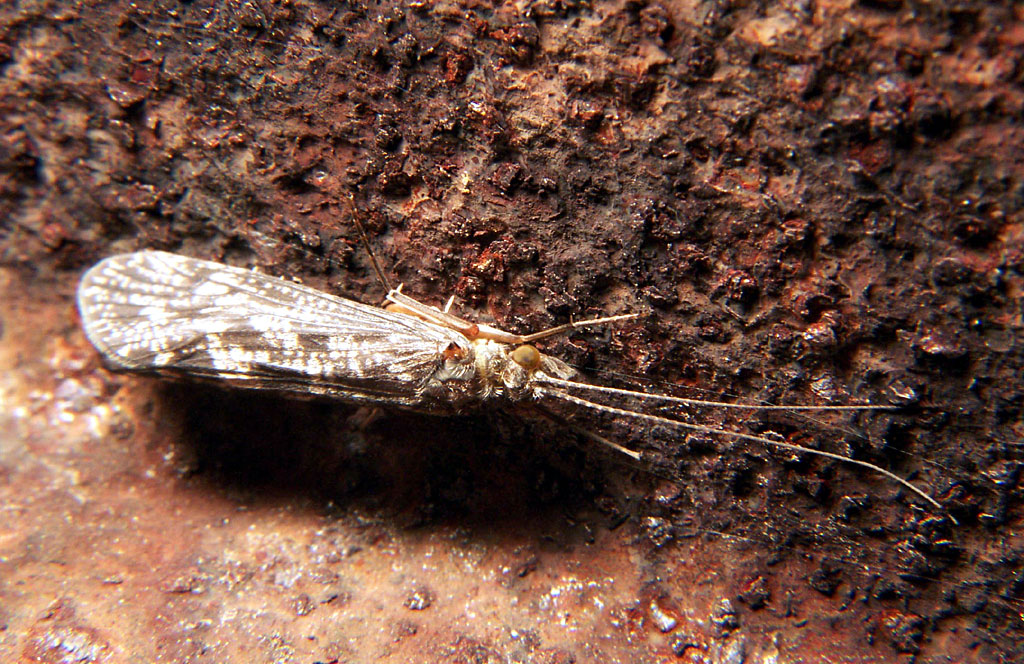|
Axiophyte
An axiophyte (Greek: "worthy plant") is a plant that is of particular interest to botanists, conservationists and ecologists. The significance of axiophytes is from their strong association with habitats considered to be of high merit for conservation. Axiophytes are a relatively recent concept which has its roots in such ideas as "ancient woodland indicator species". According to the BSBI around 40% of plant species can be considered axiophytes. Very rare species are not considered axiophytes; for a species to be a useful indicator of quality habitat it must be relatively frequent in those habitats, but scarce elsewhere. A typical example would be dog's mercury (''Mercurialis perennis''), a plant slow to colonise new sites, but common in ancient woodland and old hedgerows. The number of axiophytes on a site provides a crude, but convenient, measure of its nature conservation importance. It is a particularly useful approach when comparing otherwise similar sites. Over time axio ... [...More Info...] [...Related Items...] OR: [Wikipedia] [Google] [Baidu] |
Mercurialis Perennis
''Mercurialis perennis'', commonly known as dog's mercury, is a poisonous woodland plant found in much of Europe as well as in Algeria, Iran, Turkey, and the Caucasus, but almost absent from Ireland, Orkney and Shetland. includes photos, drawings, and a European distribution map A member of the spurge family (), it is a herbaceous, downy perennial with erect stems bearing simple, serrate leaves. The [...More Info...] [...Related Items...] OR: [Wikipedia] [Google] [Baidu] |
Ancient Woodland
In the United Kingdom, an ancient woodland is a woodland that has existed continuously since 1600 or before in England, Wales and Northern Ireland (or 1750 in Scotland). Planting of woodland was uncommon before those dates, so a wood present in 1600 is likely to have developed naturally. In most ancient woods, the trees and shrubs have been cut down periodically as part of the management cycle. Provided that the area has remained as woodland, the stand is still considered ancient. Since it may have been cut over many times in the past, ancient woodland does not necessarily contain very old trees. For many species of animal and plant, ancient woodland sites provide the sole habitat, and for many others, conditions on these sites are much more suitable than those on other sites. Ancient woodland in the UK, like rainforest in the tropics, is home to rare and threatened species. For these reasons ancient woodland is often described as an irreplaceable resource, or 'critical natural ca ... [...More Info...] [...Related Items...] OR: [Wikipedia] [Google] [Baidu] |
BSBI
The Botanical Society of Britain and Ireland (BSBI) is a scientific society for the study of flora, plant distribution and taxonomy relating to Great Britain, Ireland, the Channel Islands and the Isle of Man. The society was founded as the Botanical Society of London in 1836, and became the Botanical Society of the British Isles, eventually changing to its current name in 2013. It includes both professional and amateur members and is the largest organisation devoted to botany in the British Isles. Its history is recounted in David Allen's book ''The Botanists''. The society publishes handbooks and journals, conducts national surveys and training events, and hosts conferences. It also awards grants and bursaries, sets professional standards (with Field Identification Skills Certificates (FISCs)), and works in an advisory capacity for governments and NGOs. The society is managed by a council of elected members, and is a Registered Charity in England & Wales (212560) and Scotland ... [...More Info...] [...Related Items...] OR: [Wikipedia] [Google] [Baidu] |
Indicator Species
A bioindicator is any species (an indicator species) or group of species whose function, population, or status can reveal the qualitative status of the environment. The most common indicator species are animals. For example, copepods and other small water crustaceans that are present in many water body, water bodies can be monitored for changes (biochemical, physiological, or behavioural) that may indicate a problem within their ecosystem. Bioindicators can tell us about the cumulative effects of different pollution, pollutants in the ecosystem and about how long a problem may have been present, which Water pollution#Measurement, physical and chemical testing cannot. A biological monitor or biomonitor is an organism that provides quantitative property, quantitative information on the quality of Environment (biophysical), the environment around it. Therefore, a good biomonitor will indicate the presence of the pollutant and can also be used in an attempt to provide additional inform ... [...More Info...] [...Related Items...] OR: [Wikipedia] [Google] [Baidu] |



